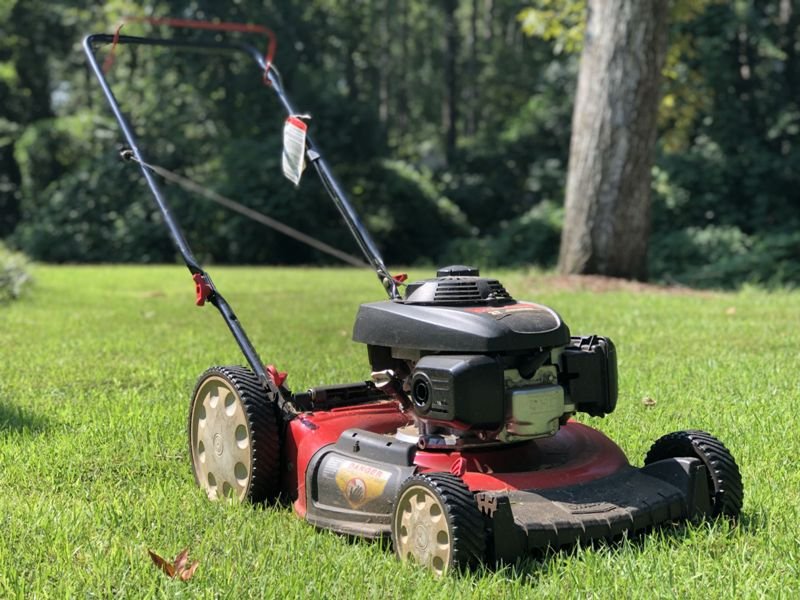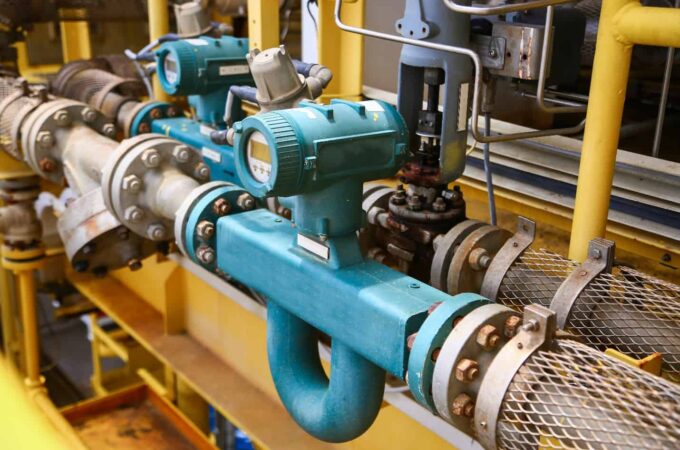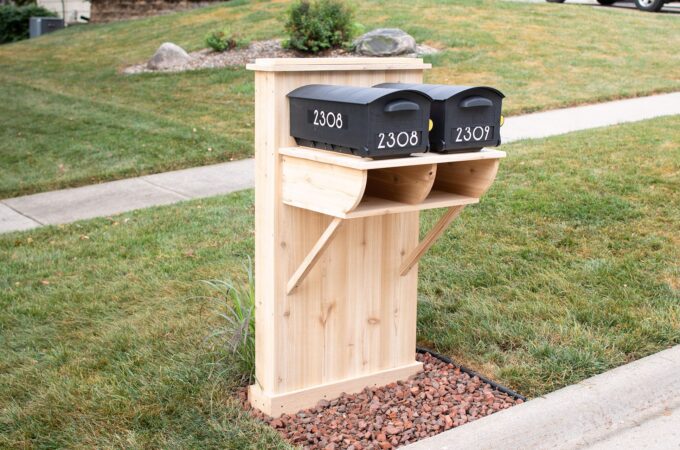
A Helpful Guide on Purchasing the Best Lawn Mower to Suit Your Needs
Irrespective if you have a small patch of grass or acres of lawn, you will require a capable mower to keep the lawn short and well kept. You do not have to buy the most expensive tractor or mower. Some models can be bought at a much lower price than the top-scoring machines and can provide almost equal performance. However, it’s worth opting for a mower that are only a few dollars more with better features, particularly in the lower end price range. And if noise is a problem for you, keep in mind that gas mowers are a lot noisier than electric ones.
Different types of mowers
Battery lawnmowers
The best battery-operated electric lawnmowers are no longer viewed as second-class citizens and can cut your lawn just as well as gas mowers. Battery lawnmowers use lithium-ion battery packs and can be obtained in both self-propelled and push varieties. It is much easier to store and maintain battery lawnmowers than gas mowers, however, due to the short battery run time; these mowers are more suitable for smaller yards. These models are pricier than gas models as well. The run time for a battery lawnmower usually varies between thirty and forty-five minutes, irrespective of the mower size. A useful benefit of benefit lawnmowers is that they cut 20 to 21-inch swatch and the batteries can be interchanged with other outdoor tools of the similar brand. Other benefits include:
- They start easy with a push-button
- There are no exhaust emissions
- They run more silent than a gas model
- They don’t necessitate frequent oil changes or tune-ups
Zero turn lawn tractors

Instead of a wheel, a zero turn mower is controlled with two levers. The one that is pushed forward allows to turn the mower in place. These mowers have higher top speeds than tractors and nimble handling. Most models are gas powered and can cut just as well as your standard lawn tractors. The disadvantages of zero turn tractors are that not all of them cut as well as standard tractors and the rear steering wheels often tear up the grass during a turn. They are not a good option for hilly properties because they are not easily manoeuvred on slopes and tend to lose traction. Gas engines need oil changes and tune-ups. Electric models require blade sharpening at least. These mowers are best for yards exceed ½ acres with not a lot of hills. The benefits include:
- Zero turn lawn tractors are equal to the lawnmowers that landscapers use.
- These models have rear-wheel steering as well as rear engine.
- These mowers are easily maneuverer around obstacles like flower beds and trees.
- Some of the newer models feature steering wheels.
- These mowers can mulch clippings, bag, side-discharge and generally mow at a 42 to 50-inch swatch. The high-top speed as well as nimble handling calls for easy handling across the property quickly.
Gas lawnmowers
Gas-fueled lawnmowers are not restricted by rechargeable batteries and are able to cut larger sections of lawn in one go. They are available in self-propelled and push varieties and are usually more cost effective than electric lawn mowers; however you might spend more long-term with maintenance and fuel expenses. Gas mowers can be noisy; therefore, ear protection must be worn. They produce emissions and necessitate regular maintenance. They produce emissions and necessitate more regular maintenance. Gas lawnmowers require frequent oil changes, blade sharpening and tune-ups. These lawnmowers are best suited for yards of ¼ to ½ acres.
The benefits include:
- Most gas lawnmowers cut 21 to 22-inch swath, can bag, mulch, and side-discharge clippings.
- They are cheaper and has a longer run time than battery-operated mowers.




